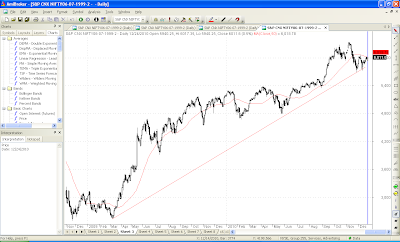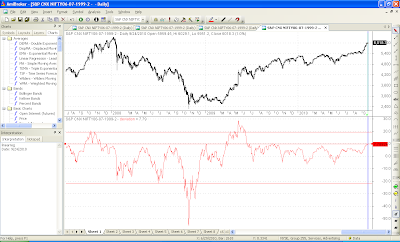Wish all of you Happy Dussehra.
Here are some of the legends behind Dussehra.
In the months of Ashwin and kartik, Hindus observe a 10 day ceremony of fast, rituals, celebrations, fiests to honor the mother Goddess and triumph of Lord Rama over Demon Ravana. Dussehra also symbolizes the triumph of warrior Goddess Durga over the buffalo demon, Mahishasura. Thus, it is a celebration of victory of good over evil.
This celebration starts from Navratri and ends with the tenth day festival of “Dussehra”. Navratri and Dussehra is celebrated throughout the country at the same time, with varying rituals, but with great enthusiasm and energy as it marks the end of scorching summer and the start of winter season.
The tenth day after Navratri is called Dussehra, on which number of fairs are organized throughout the northern India, burning effigies of Ravana.It is also called “Vijayadashmi” as this day marks the victory of Lord Rama over Ravana. VijayaDashami is considered to be an auspicious day for the Indian householder, on which he worships, protects and preserves 'Shakti' (power). According to Scriptures, by worshipping the 'Shakti' on these nine-days the householders attain the threefold power i.e. physical, mental and spiritual, which helps him to progress in life without any difficulty.
The 'Ramlila' - an enactment of the life of Lord Rama, is held during the nine days preceding Dussehra. On the tenth day (Dussehra or Vijay Dasami), larger than life effigies of Ravana, his son and brother - Meghnadh and Kumbhakarna are set to fire.
The theatrical enactment of this dramatic encounter is held throughout the country in which every section of people participates enthusiastically.
In burning the effigies the people are asked to burn the evil within them, and thus follow the path of truth and goodness, bearing in mind the instance of Ravana, who despite all his might and majesty was destroyed for his evil ways.
Legends
Dussehra is also known as Vijaya Dasami, because of the victory of Ram over Ravana. On this day in Satya Yug, Ram (the eighth incarnation of Lord Vishnu), killed the great demon and king of Lanka, Ravana.
Puranas also opined that in this day warrior Goddess Durga defeated and killed the buffalo demon Mahishasura.
* Victory of Rama over Ravana:
Rama was the eldest son of King Dasarath who was the ruler of Ayodhya. When Lord Rama was going to be crowned as the next King, Queen Kaikayee persuaded the king to crown Bharat as the next king and to send Rama on an exile for 14 years. On his exile Rama was accompanied by his brother Lakshman and wife Sita.
A demoness Soorpanakha got fascinated with the charm of Lord Rama and wanted to marry him, for which she threatened to kill Sita. Agitated with this, Lakshman cut her nose. Knowing about what happened to his sister; Demon Ravana wanted to take revenge and in turn abducted Sita. Lord Rama, along with Lakshman and Hanuman, fought a battle against Ravana and emerged victorious in rescuing his wife Sita.
* Victory of Durga over Mahishasur:
The demon Mahishasur, was given a boon by the fir God (Agni), according to which, any weapon that had a masculine name couldn’t do anything to harm him. Taking the advantage of this boon, he caused immense destruction and hatred. The gods were very tensed and worried about this fact; they consulted Lord Vishnu over it, who advised them to invoke Goddess Shakti. With God’s prayers, a divine luster sprang from the heart of Lord Shiva and bodies of all gods forming the Adhya Shakti. The gods then gave her ornaments, and a lion as a vehicle. She was supposed to fight Mahishasur, the demon. For nine continuous days and nights, Goddess Adhya Shakti-Durga fought the demon-Mahishasur, and finally emerged victorious at the end.












































